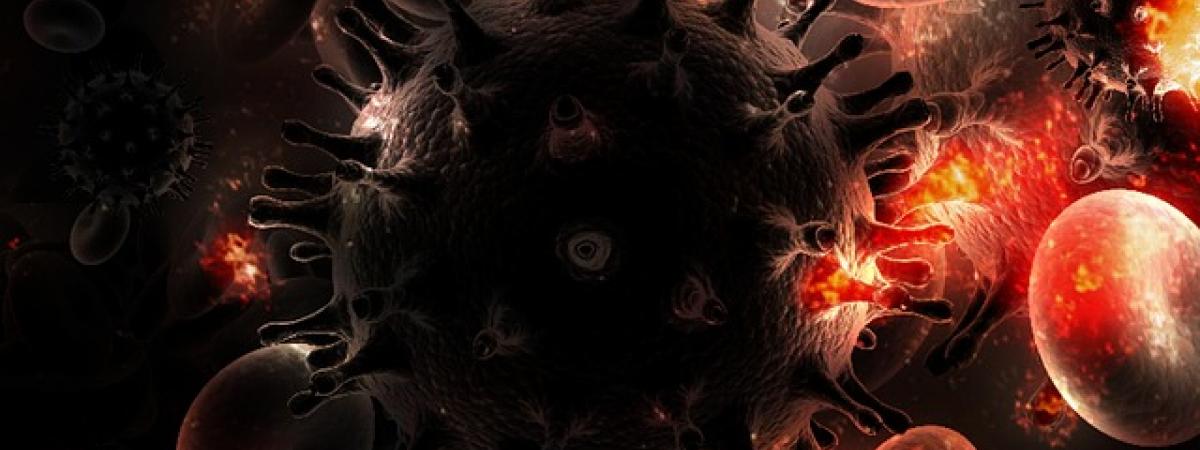Everything you need to know about HIV and AIDS
published in Reader's Digest,
28 November 2016

HIV has been called our fiercest predator. It has killed 25 million people, and infected more than 65 million people. Nobody knows how it entered the human population, nor when.
When was HIV first discovered?
It was first recognized and named in the early 1980s, yet it may well have been multiplying and mutating in humans long before then. The HIV/AIDS story began with eagle-eyed doctors noting a strange skin cancer amongst homosexual men in America. HIV has since infected homosexuals and heterosexuals, and 29 children were diagnosed with HIV in the UK in 2014. In the 1980s, blame, shame and discrimination surrounded those diagnosed with HIV; today, the story is a little different.
HIV treatment in modern times
According to Dr Michael Brady, Medical Director of the Terence Higgins Trust, an HIV-infected patient receiving effective treatment can expect to “live a life as long and full as people who haven’t been infected with HIV”. Many people in the UK today fit this category.
In sub-Saharan Africa, meanwhile, 12 million children have lost a parent to AIDS; over 13 million people have died. Life expectancy in countries such as Botswana and Swaziland has dropped to below 40 years, mainly as a result of AIDS. Farms, schools and houses are abandoned; households are led by grandparents or teenagers: ‘bleak houses’ indeed.
Without treatment, HIV can lead to dementia, a diarrhoea-wasting disease (‘slim disease’), skin cancer and infections such as tuberculosis. A Tanzanian study this year also revealed that untreated HIV-infected adults have a twofold increased incidence of heart attack and stroke, and a fourfold increased rate of sudden cardiac death.
Hard Times
With anti-HIV drugs having such a huge impact on survival, the race is on to find even more effective drugs, or even a vaccine to prevent HIV. Money has flooded in, helped by private charities such as the Bill and Melinda Gates Foundation, or concerts such as the ‘Live 8’ event organised by Bill Geldof. Yet scientists are having a hard time finding a vaccine, because the virus has a tendency to mutate, thus evading detection and destruction by a vaccine.
It’s also proving hard to get treatment through to poorer countries: there’s a lack of access to anti-HIV drugs and a low uptake of HIV testing. People don’t want to know if they are infected for fear of stigma and discrimination.
The mission of the Terence Higgins Trust remains ‘an end to the transmission of HIV in the UK’.
Great Expectations
Despite these challenges, the mission of the Terence Higgins Trust remains ‘an end to the transmission of HIV in the UK’.
Professor Bruce Walker of Harvard Medical School says “Despite robust challenges, momentum toward the development of an effective HIV vaccine is growing. Now, 35 years into the epidemic, there are clear reasons for optimism. New trials are about to begin, with candidate vaccines that have achieved impressive protection in animals. There is no question that there is still a long path ahead, but ample reasons to be optimistic that extensive global collaborative efforts currently underway will meet this challenge”.
‘One World, One Hope’ was the theme of the 11th International AIDS conference; that hope remains.
